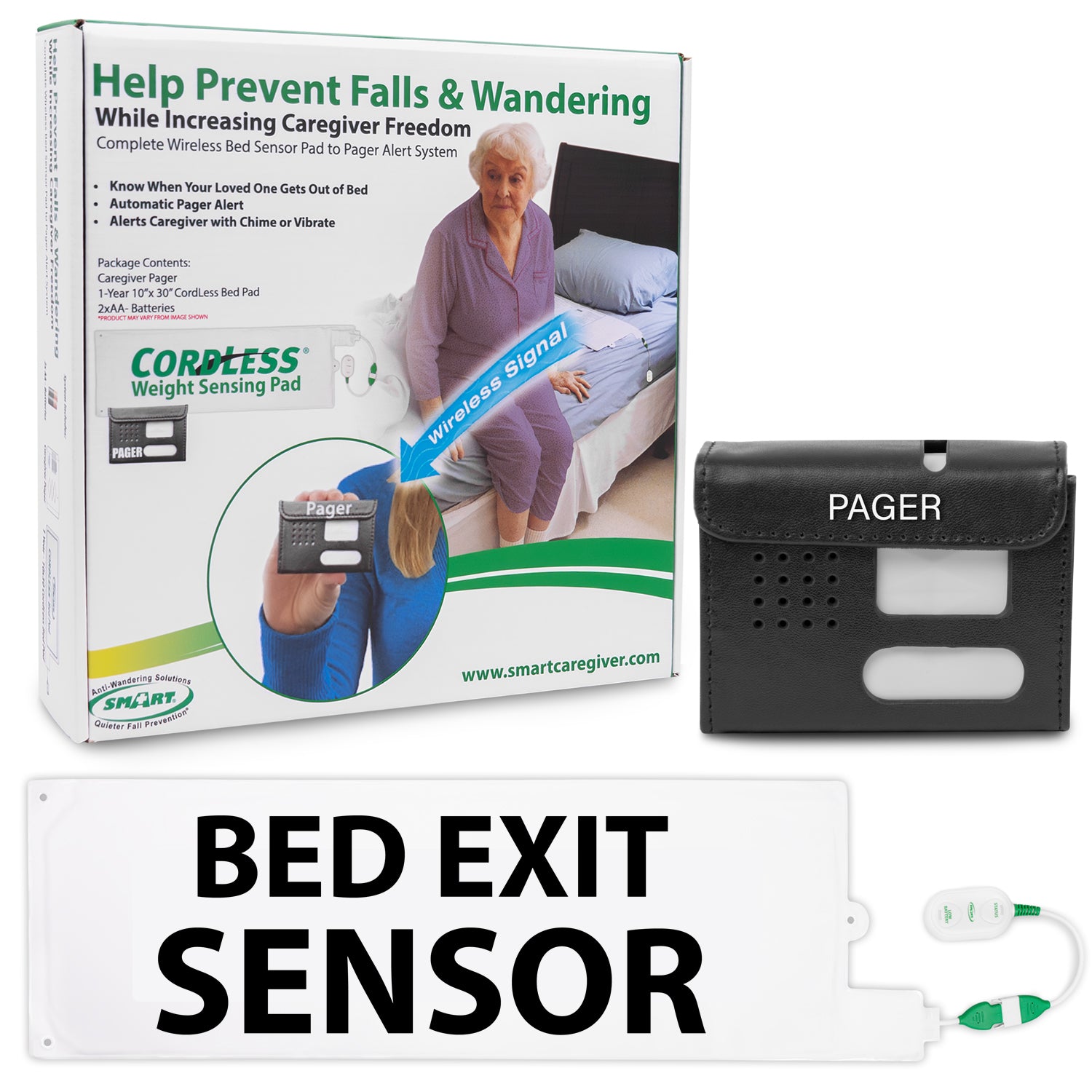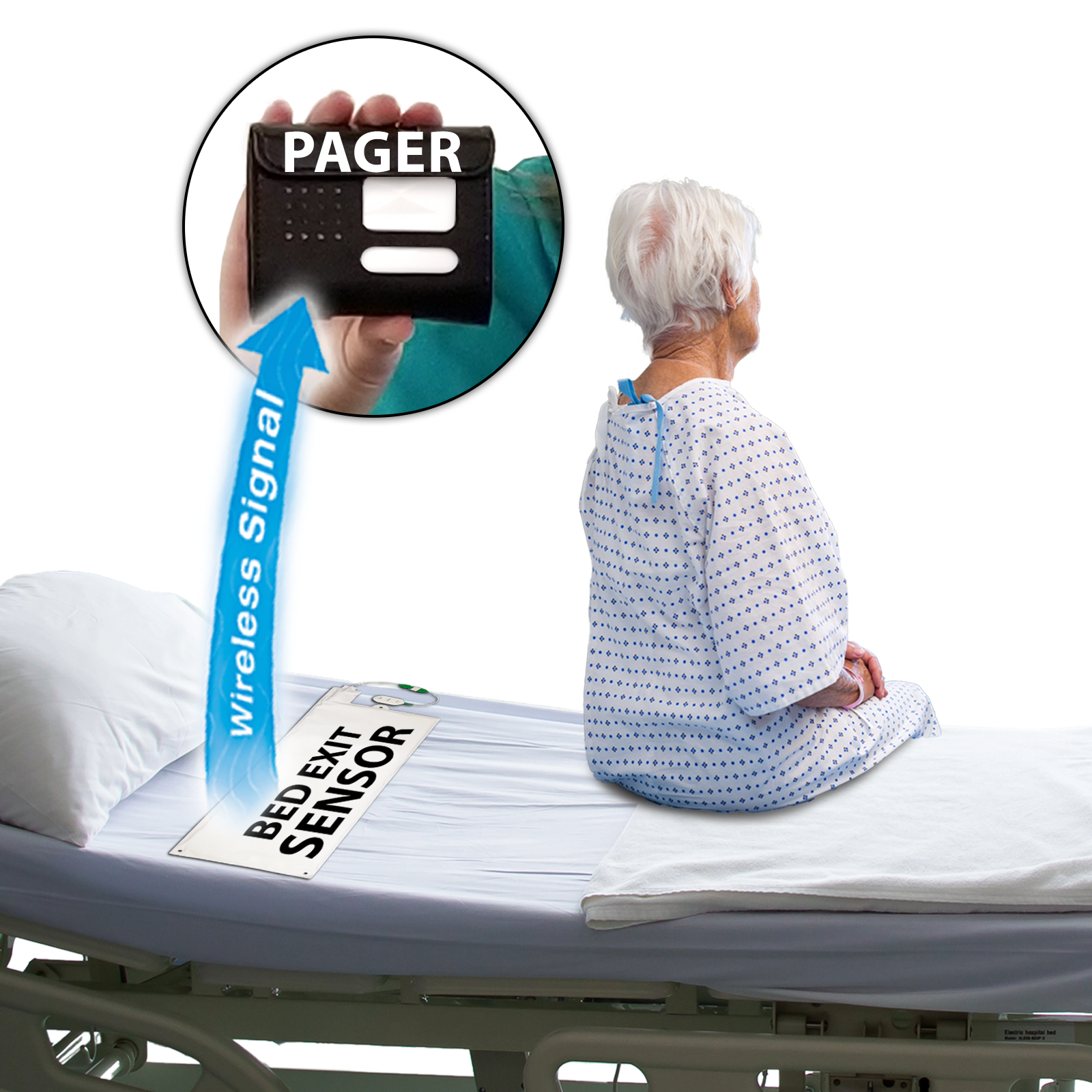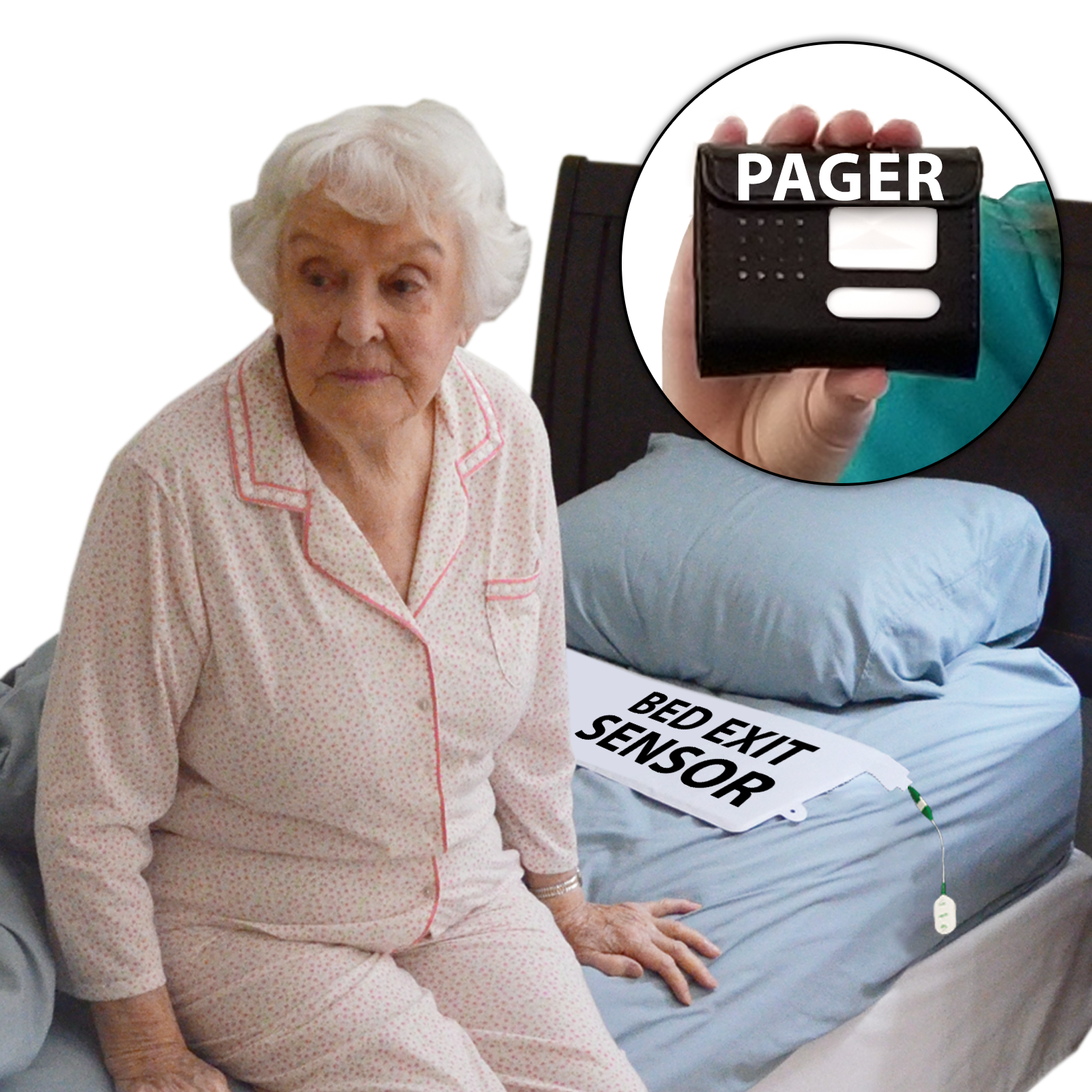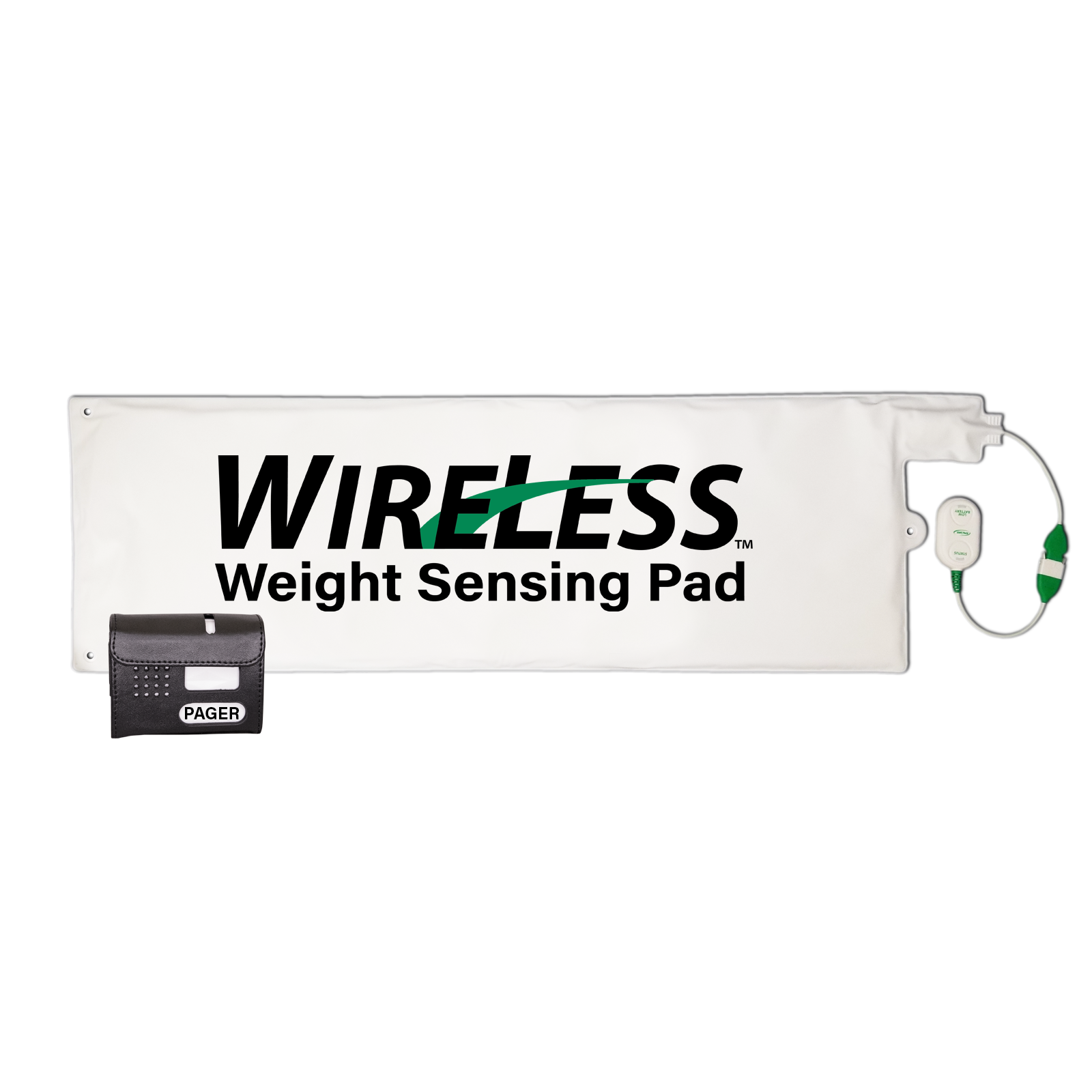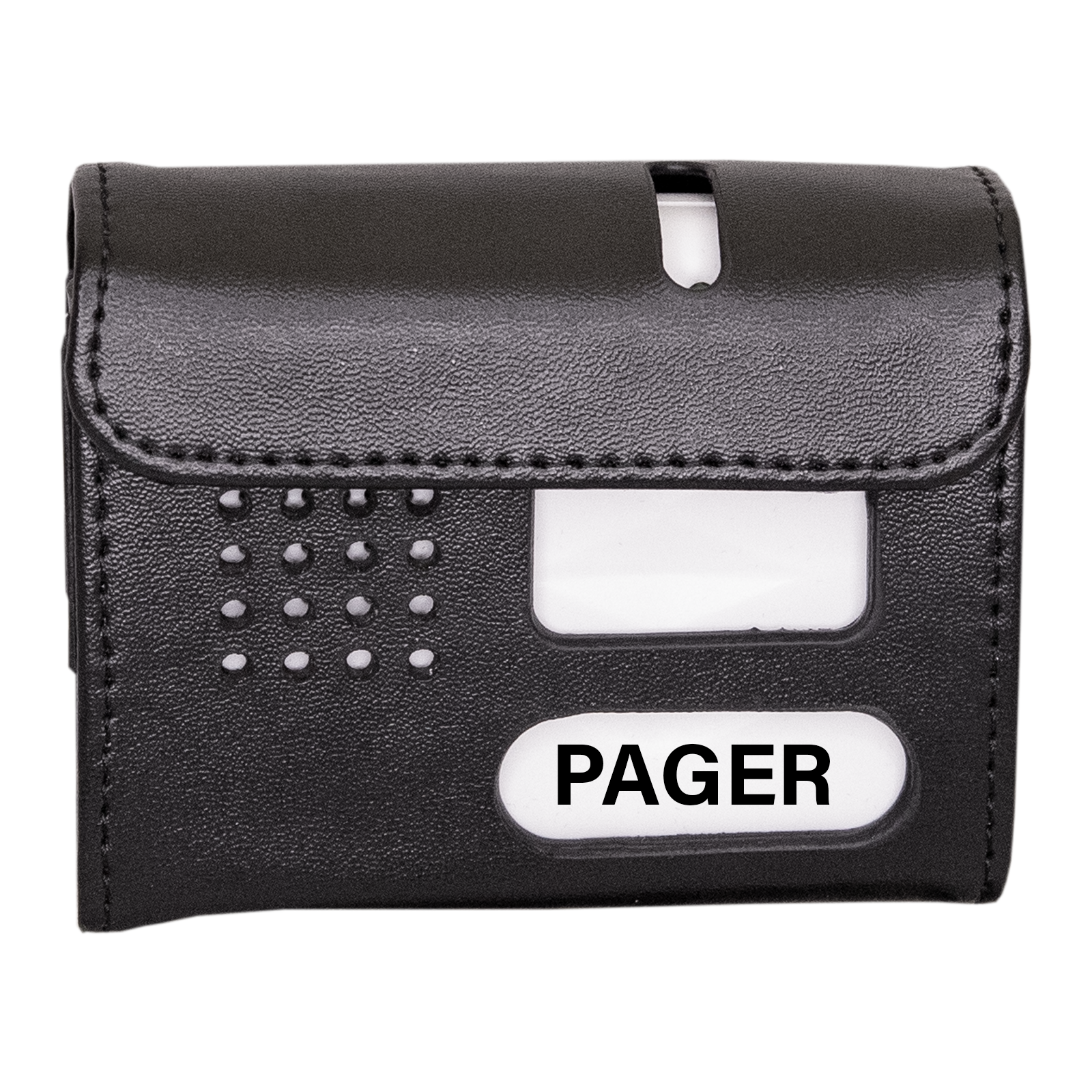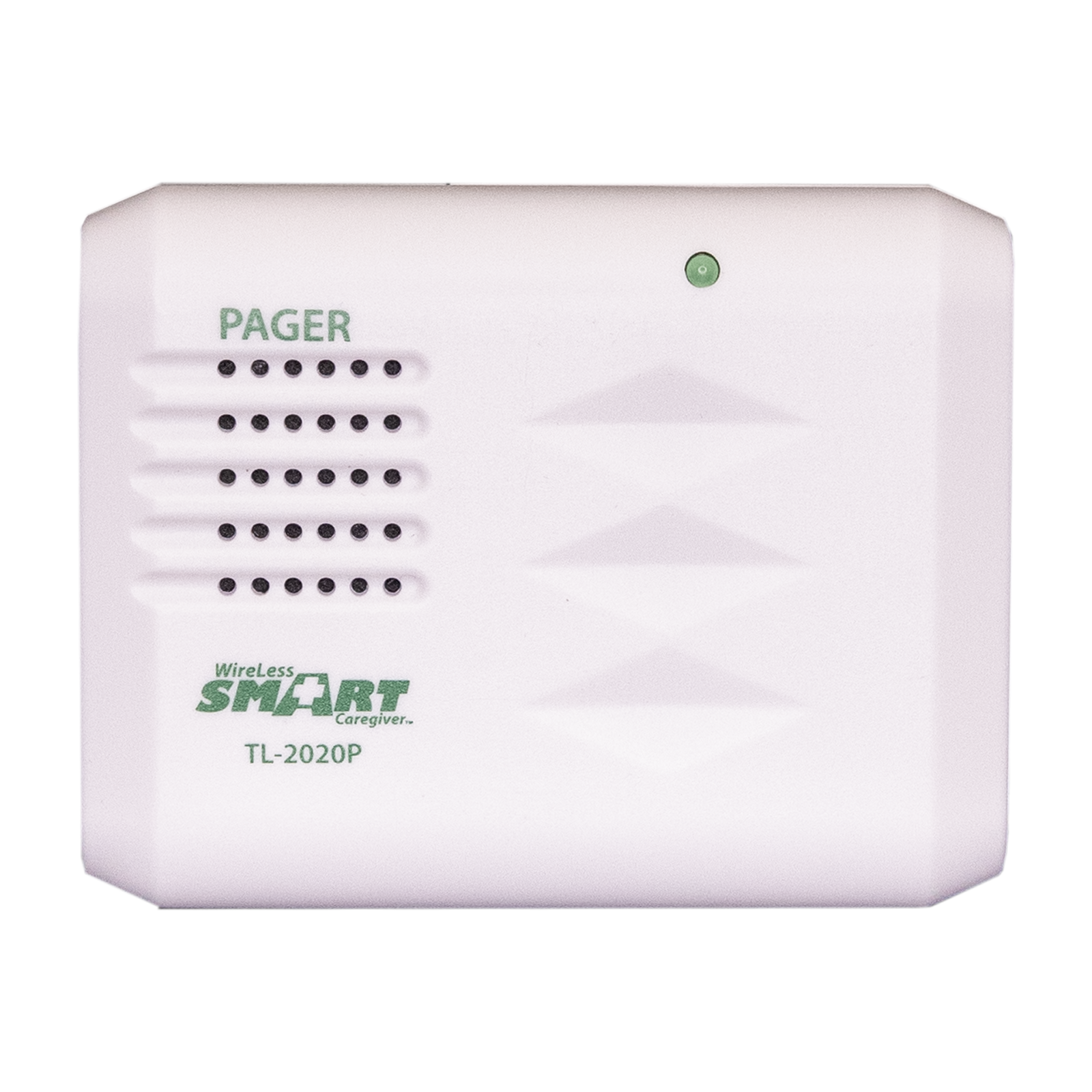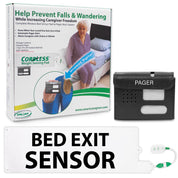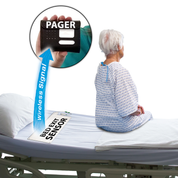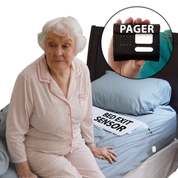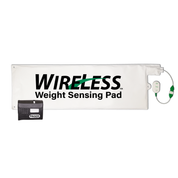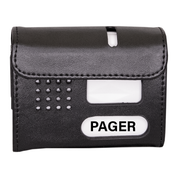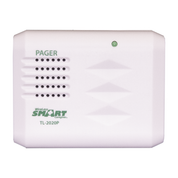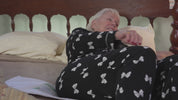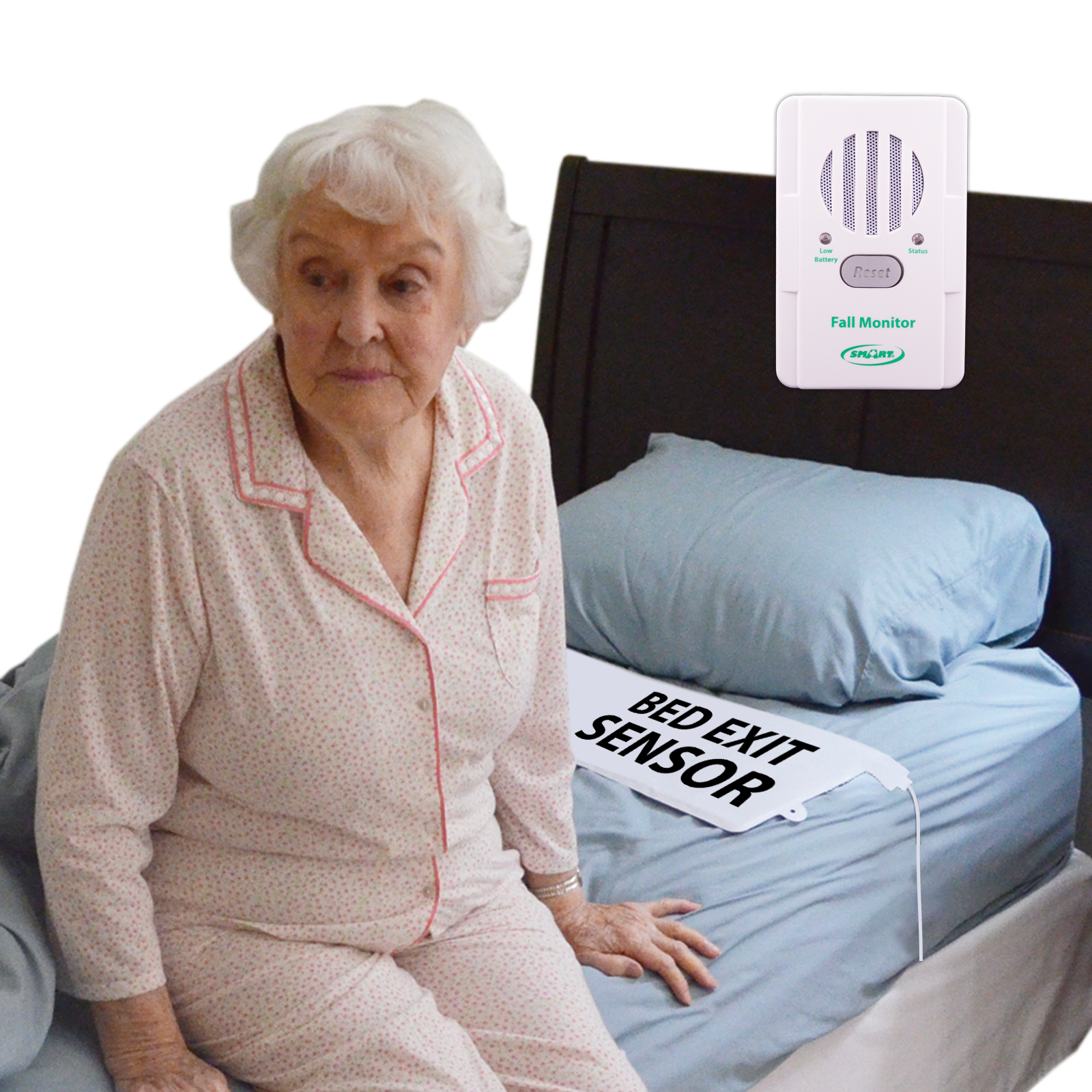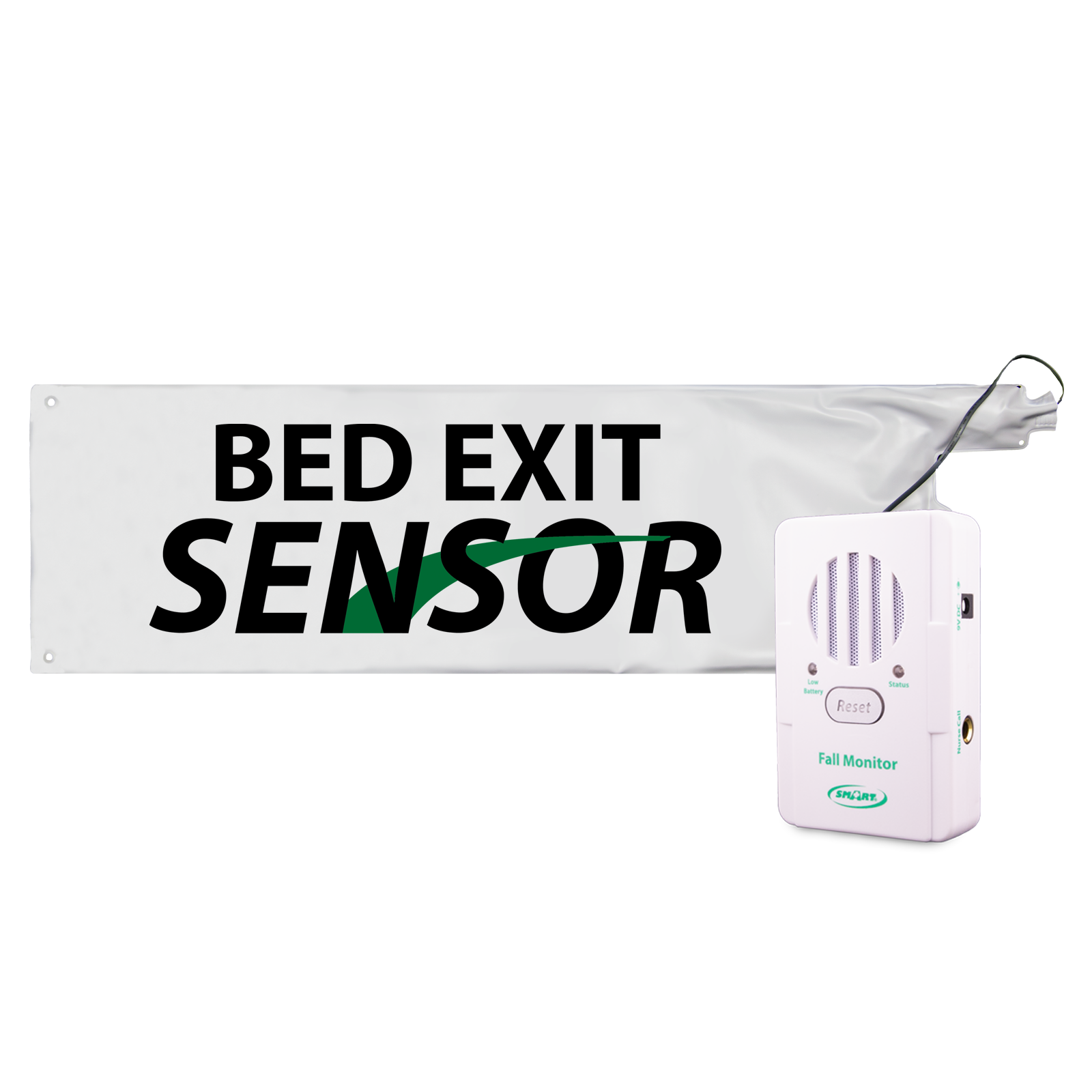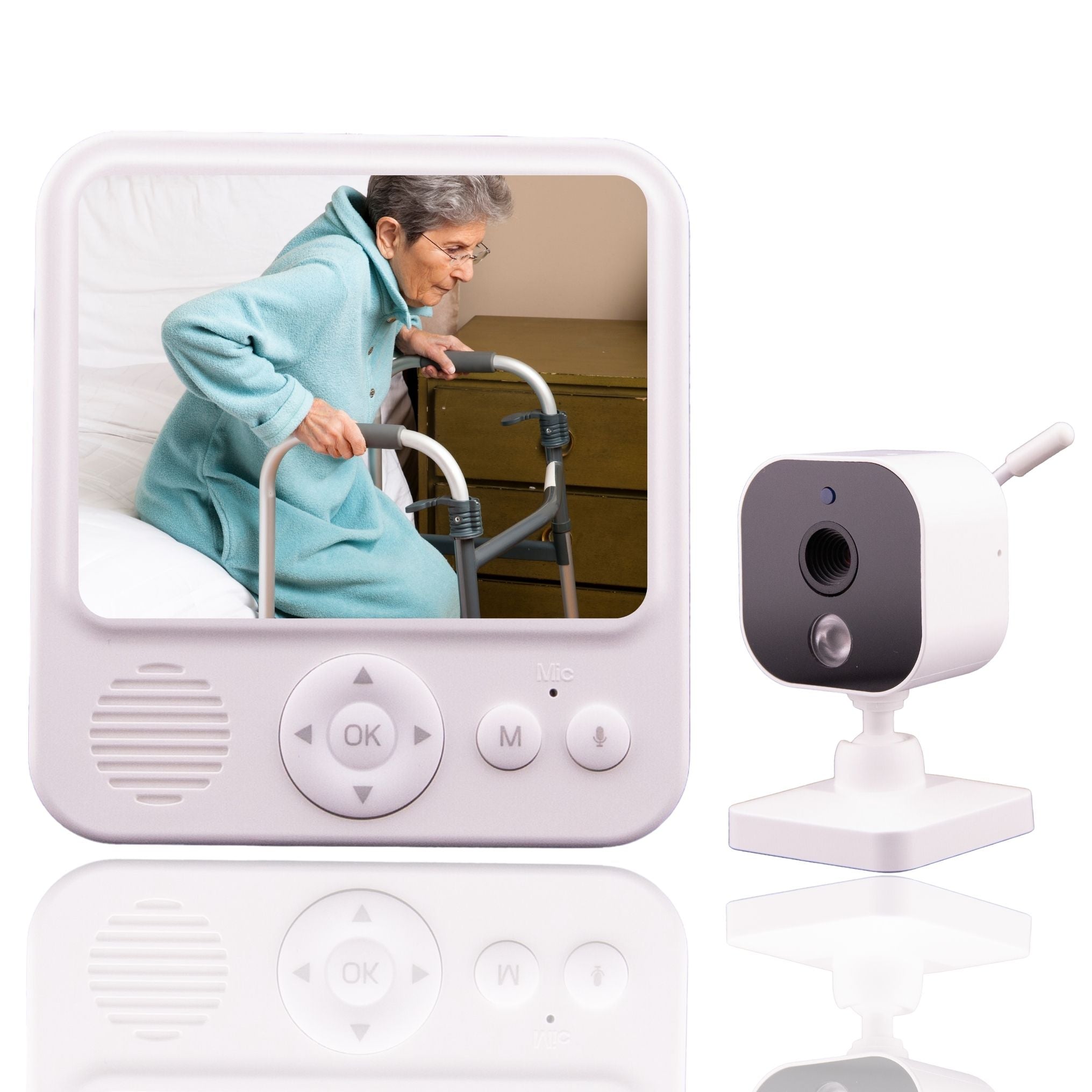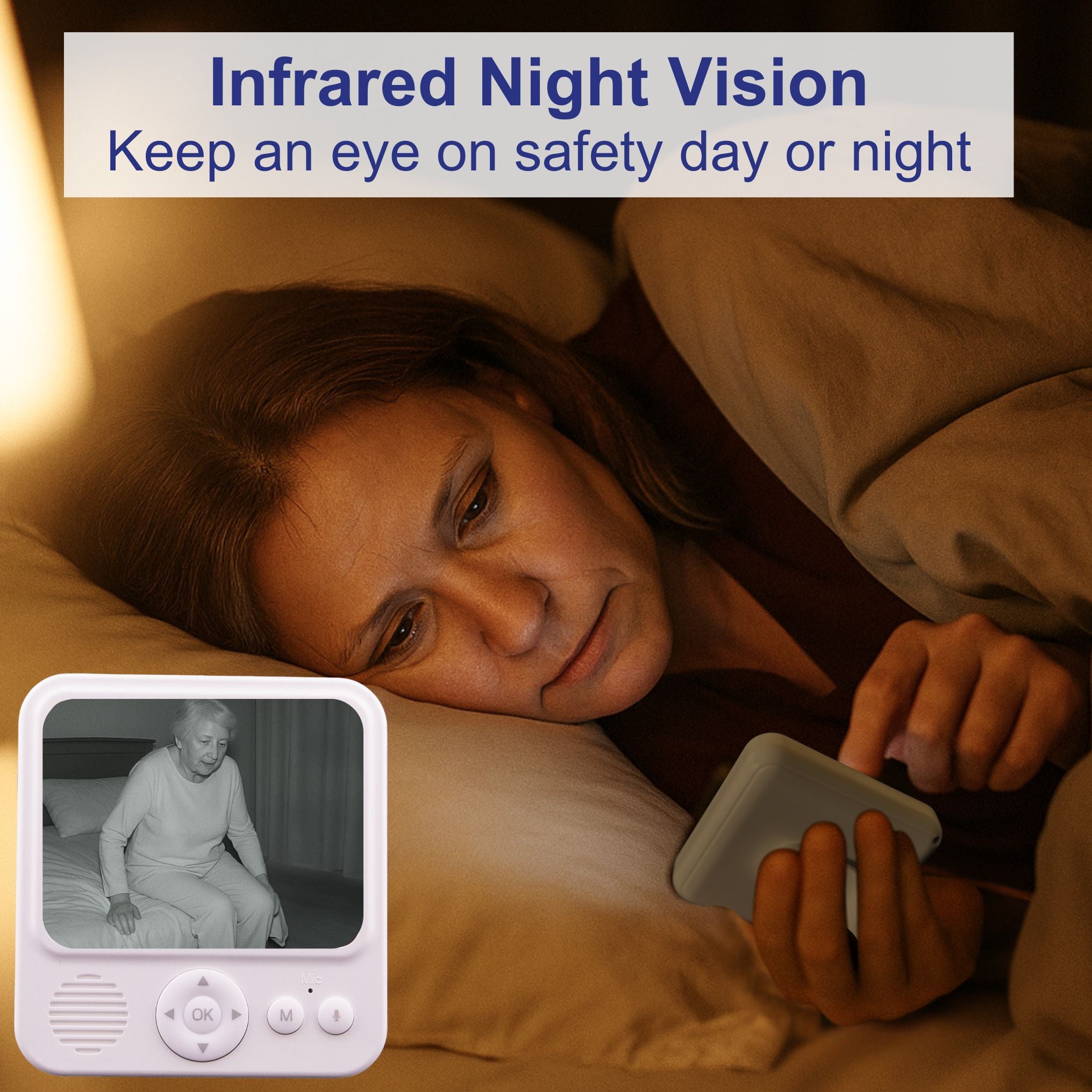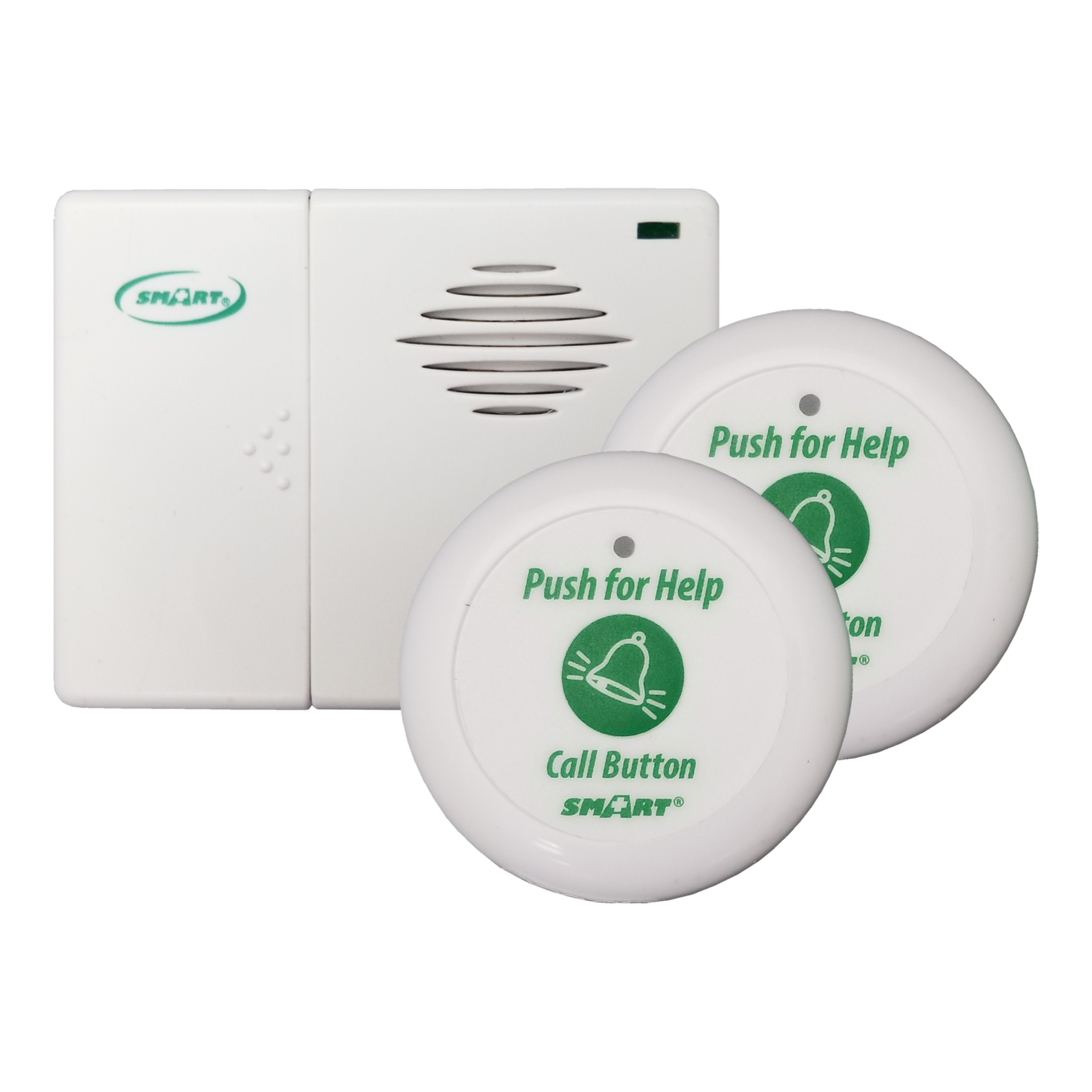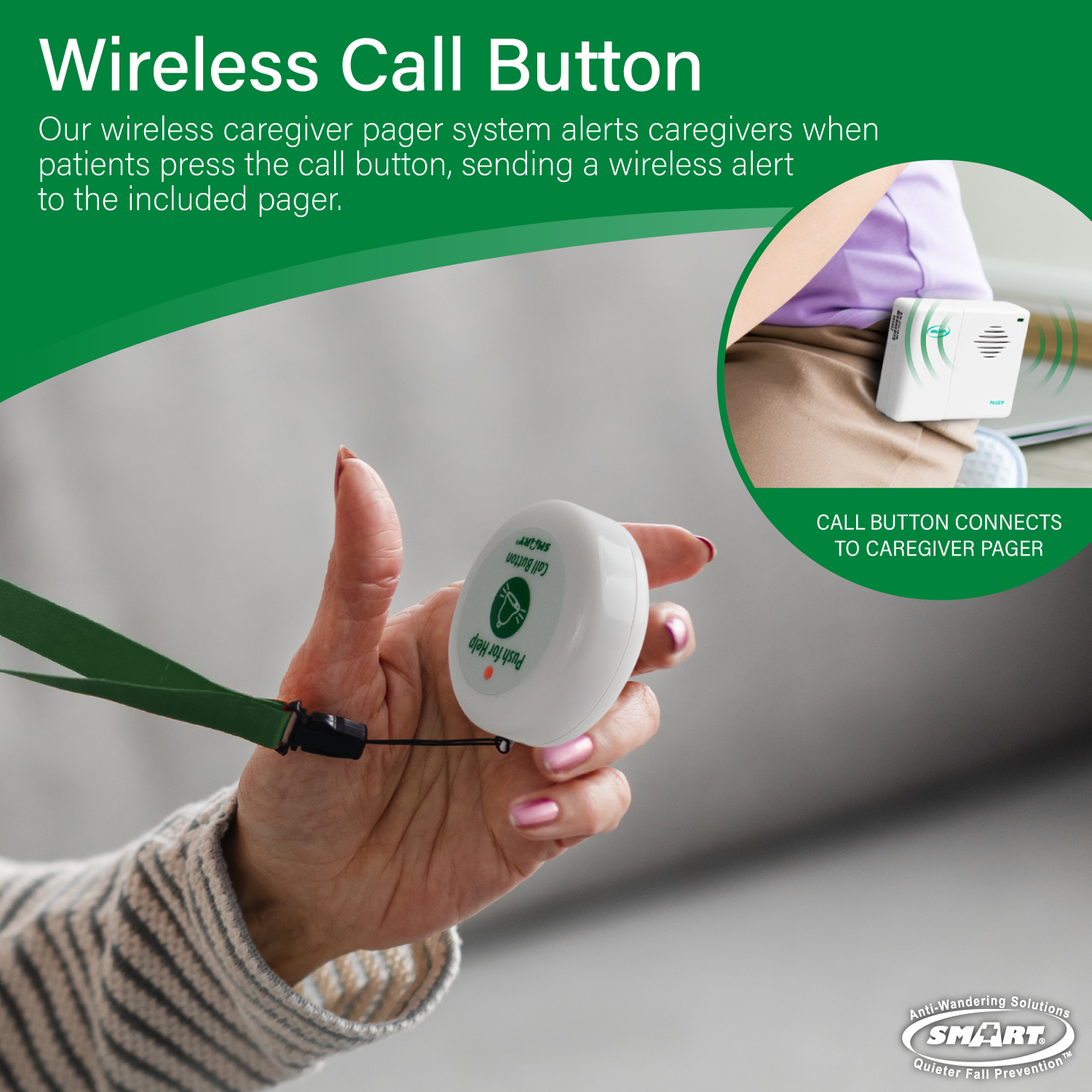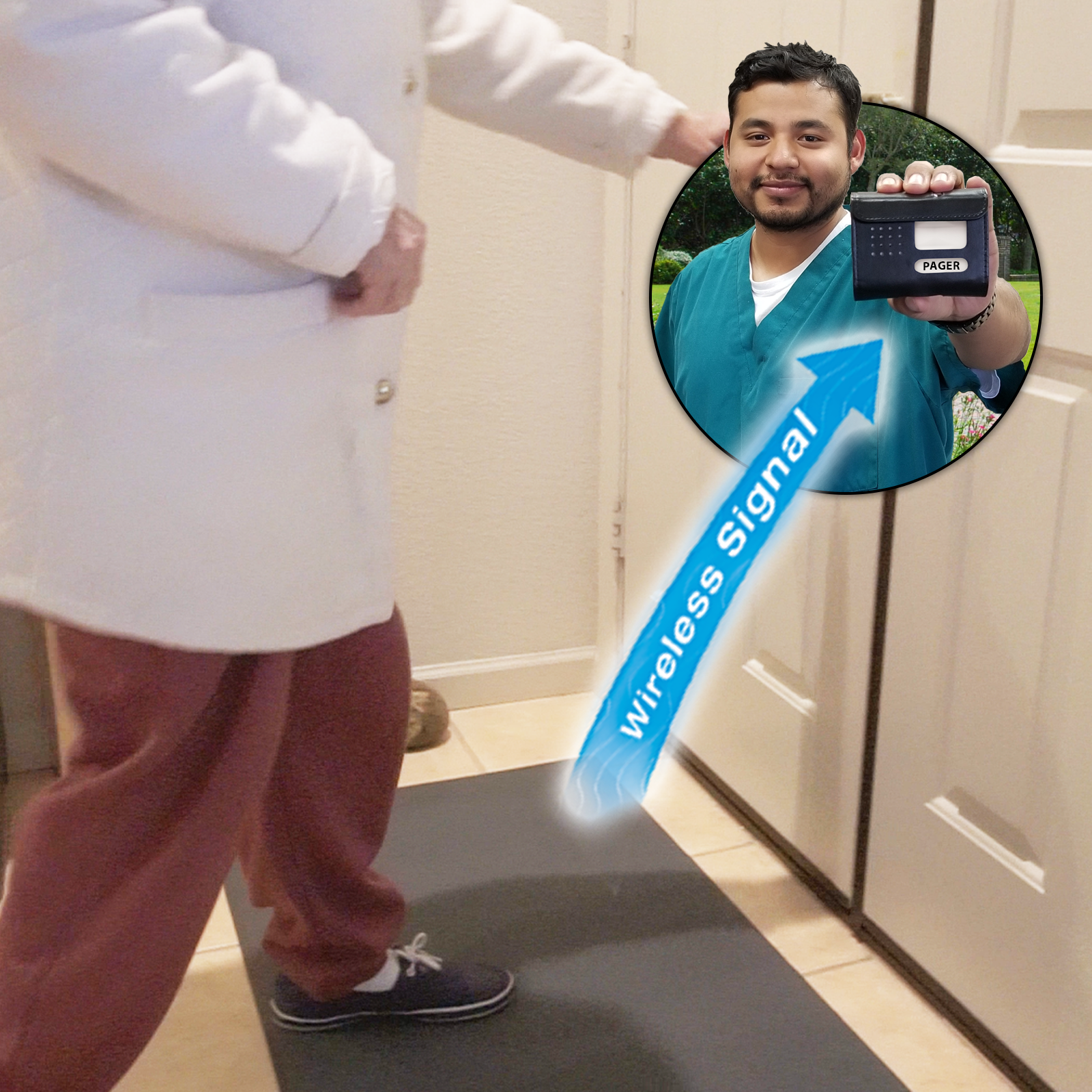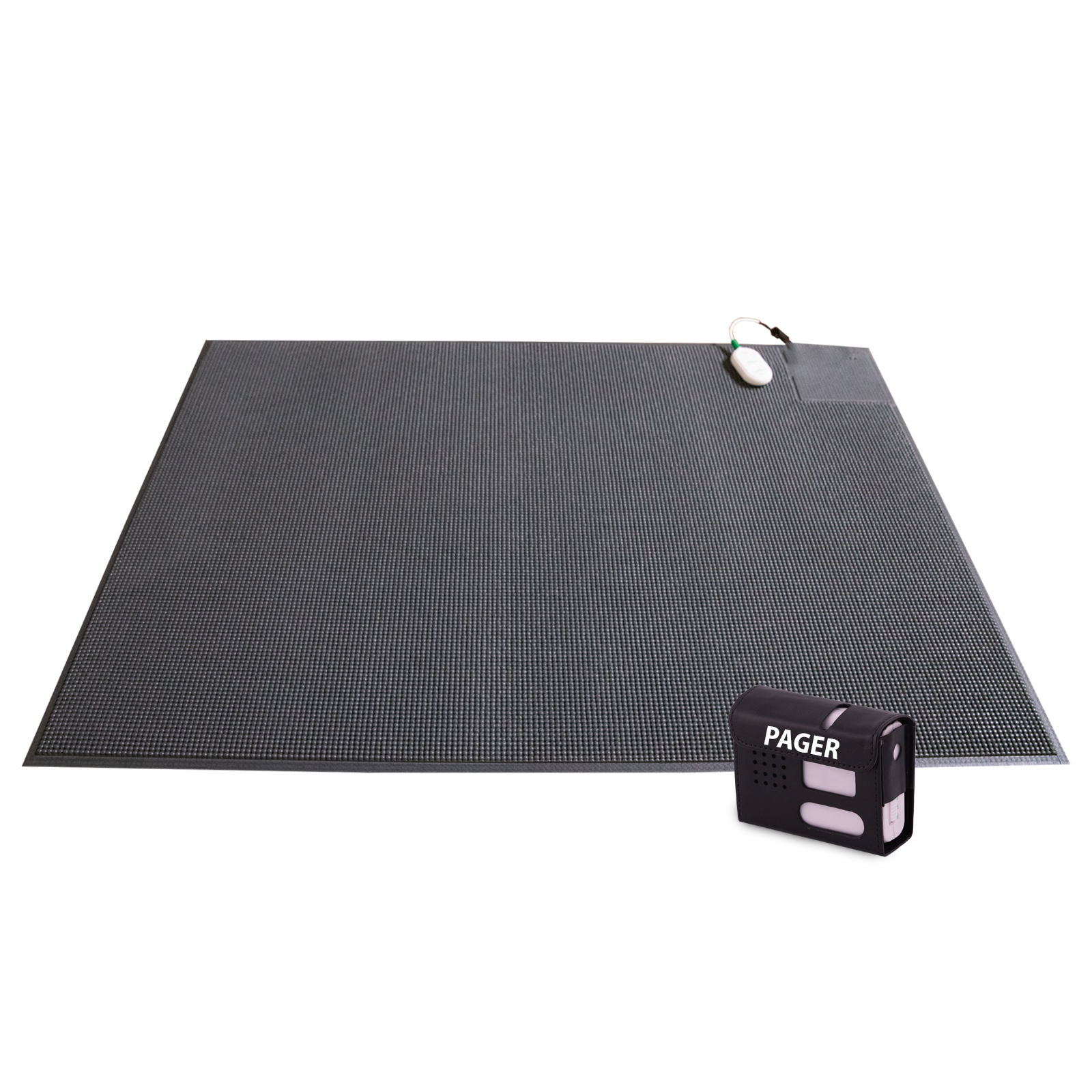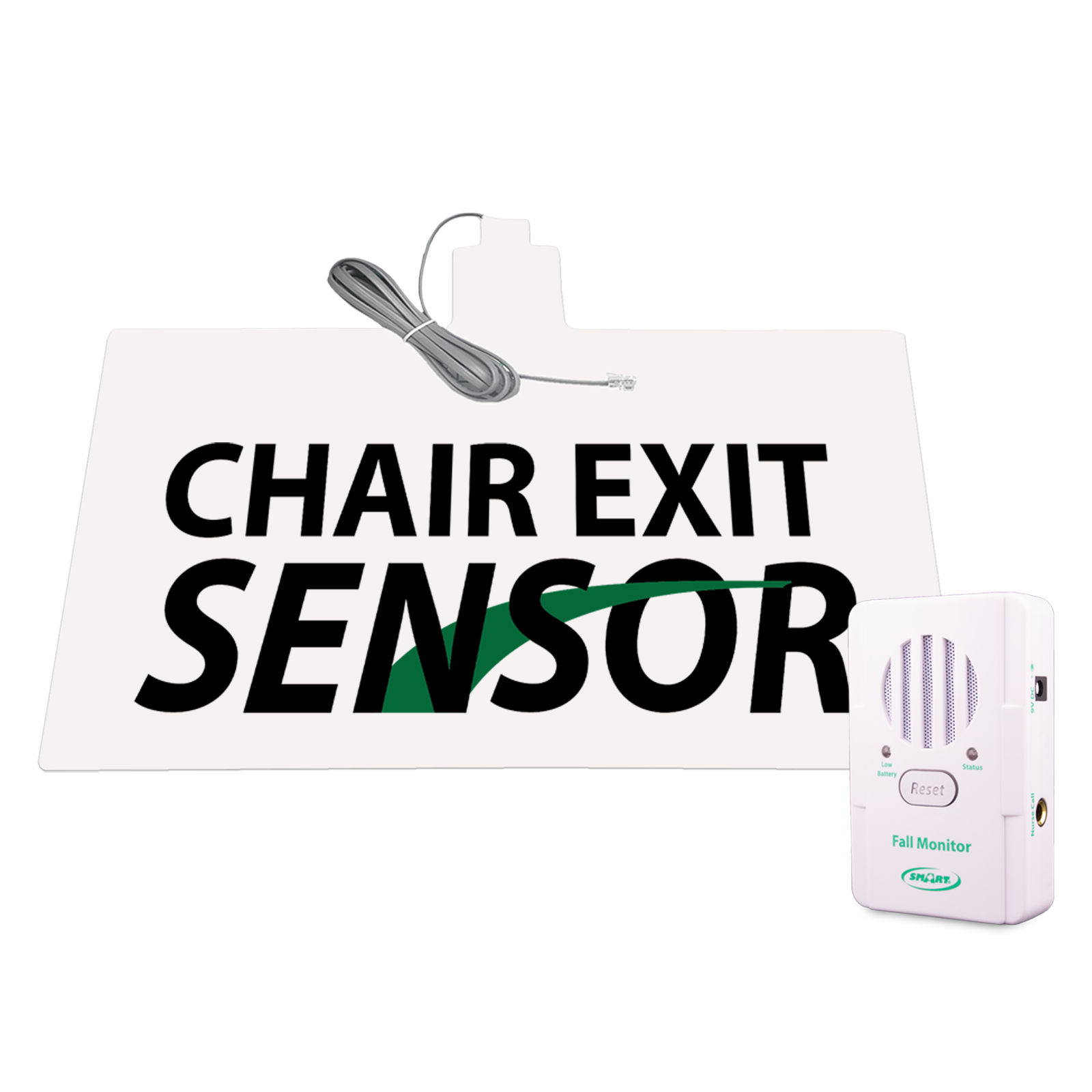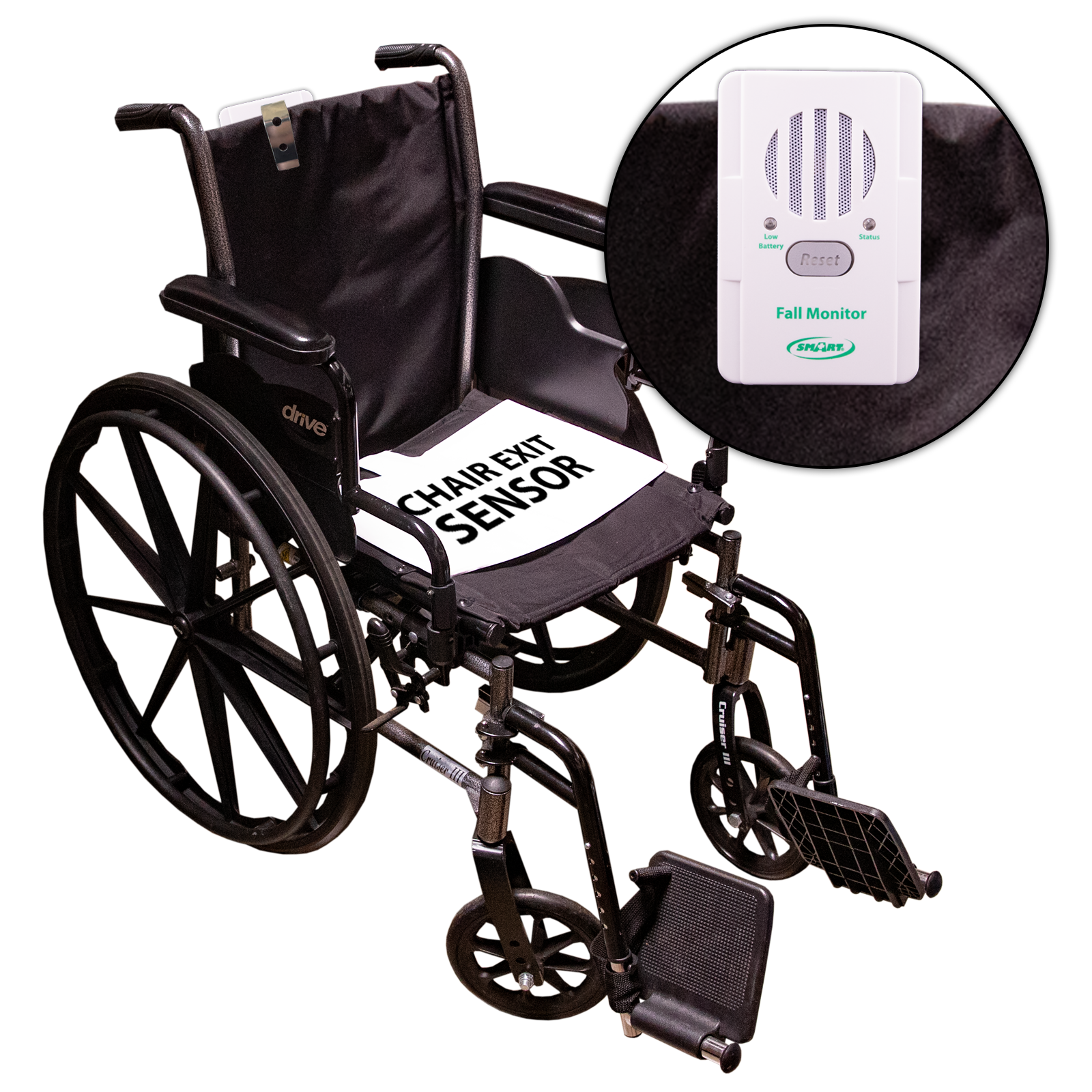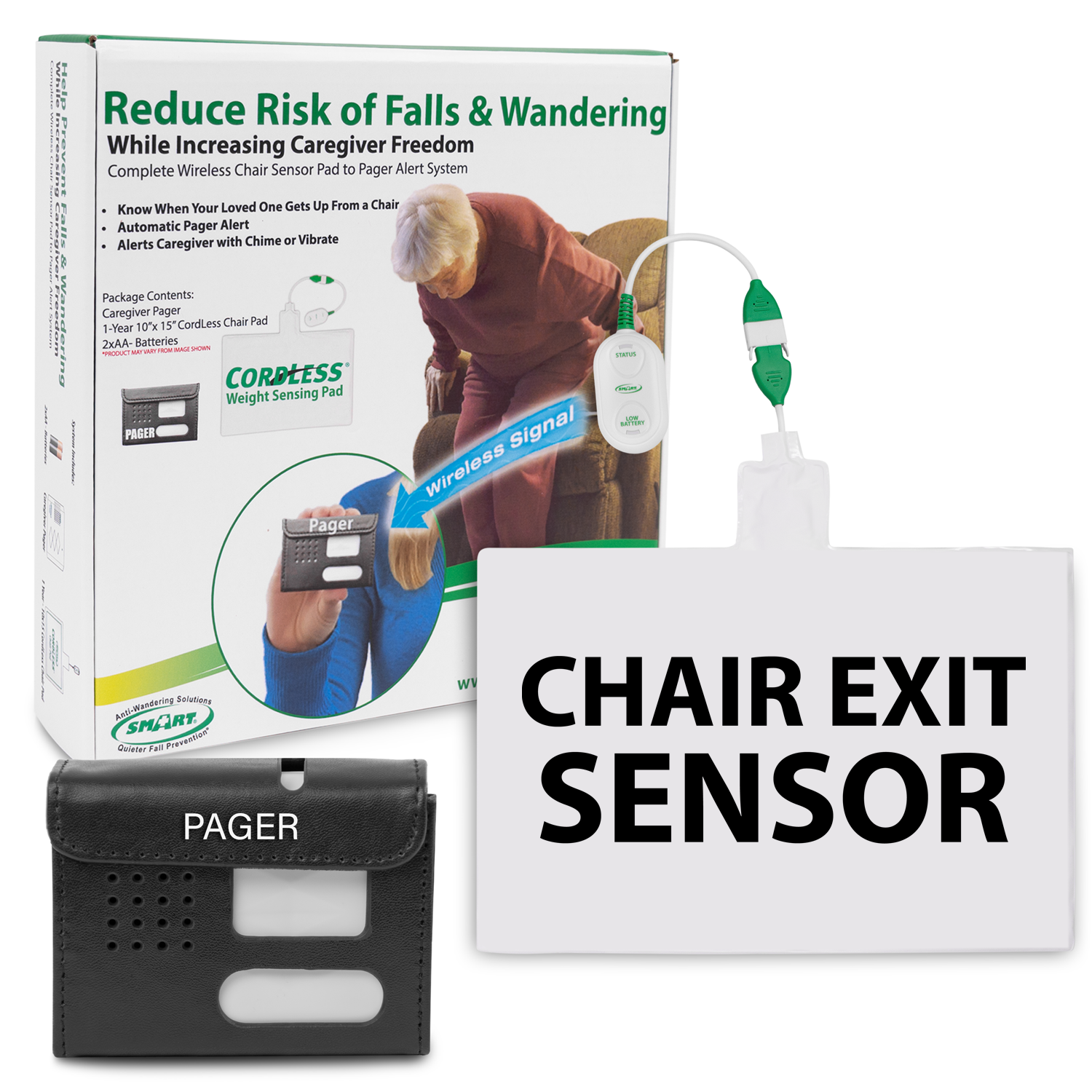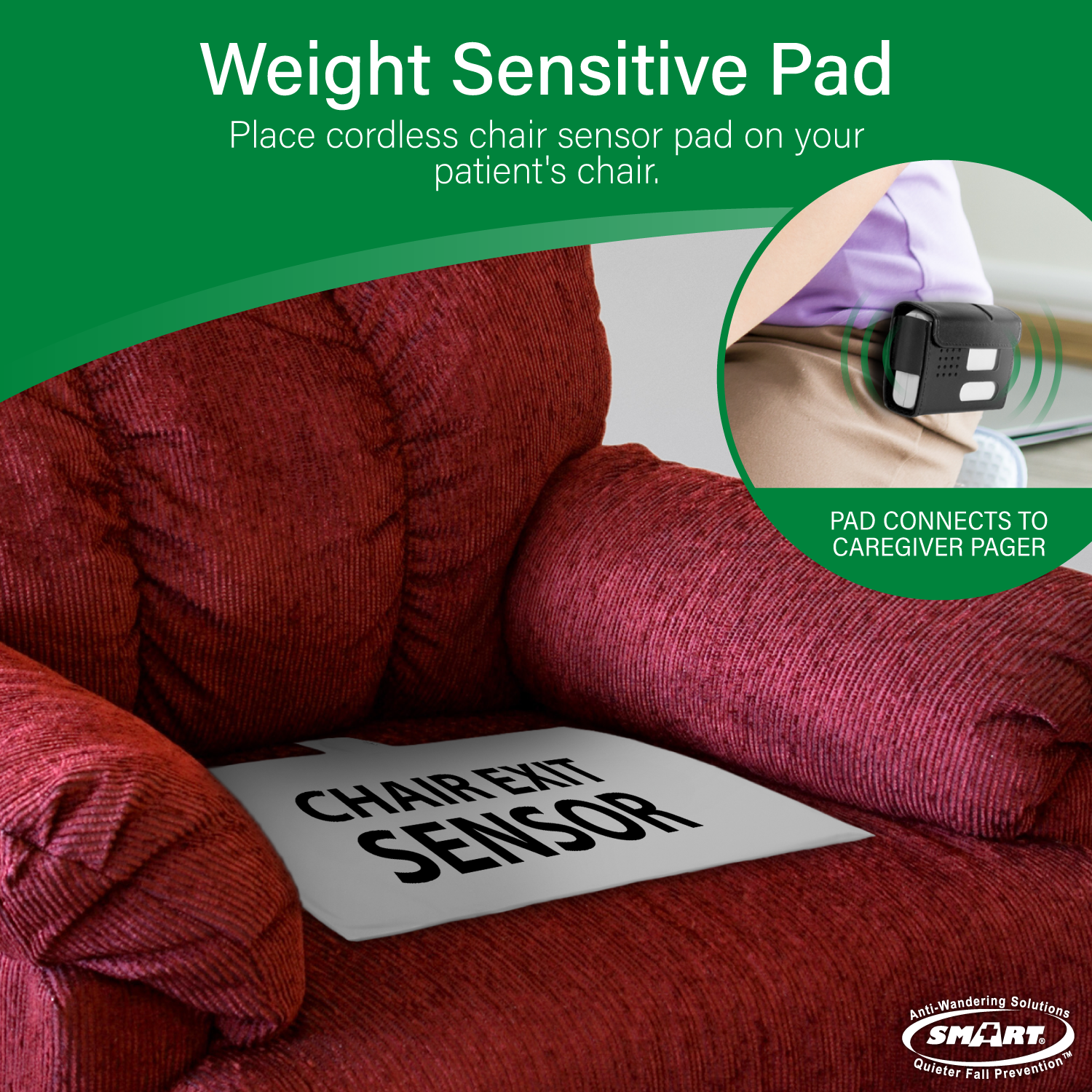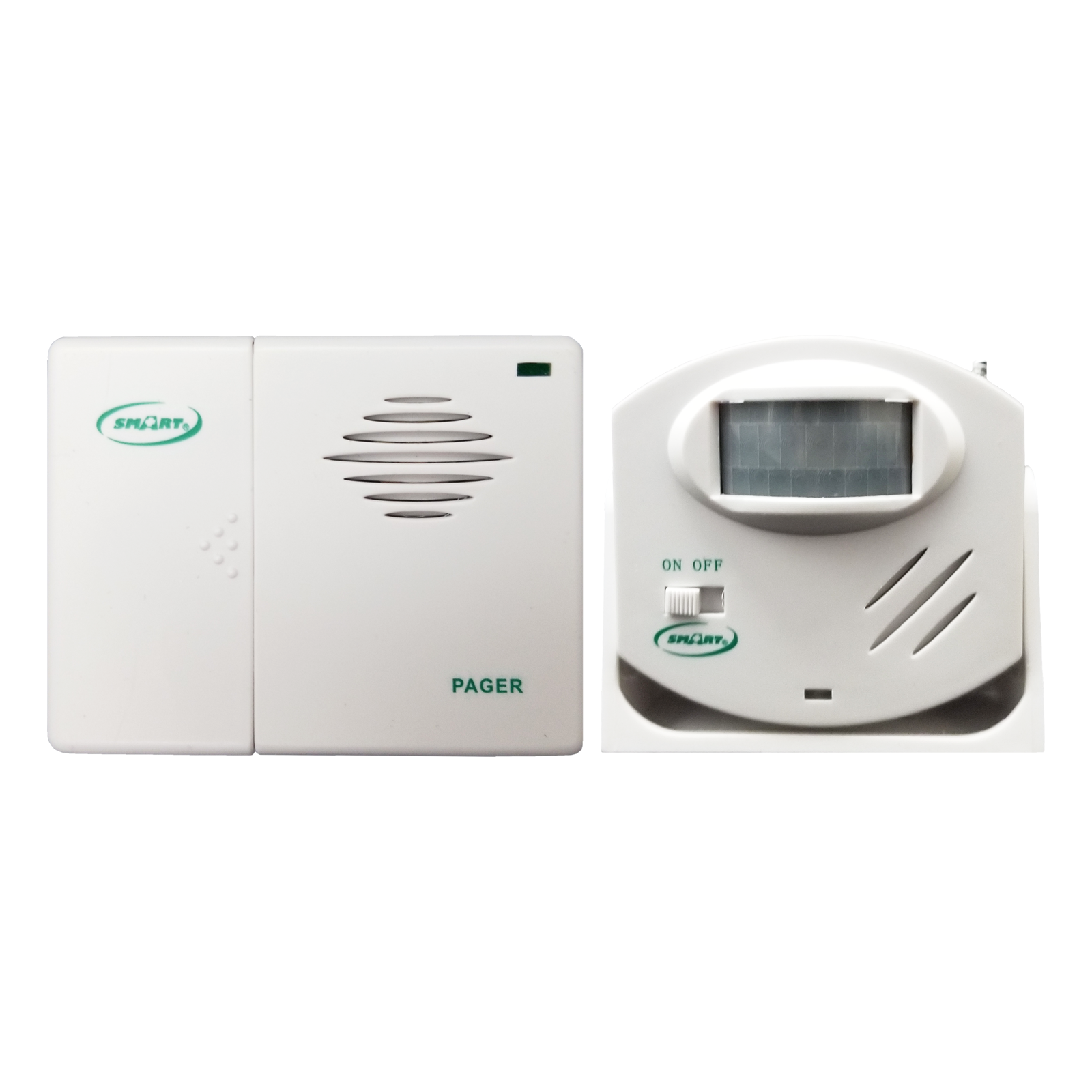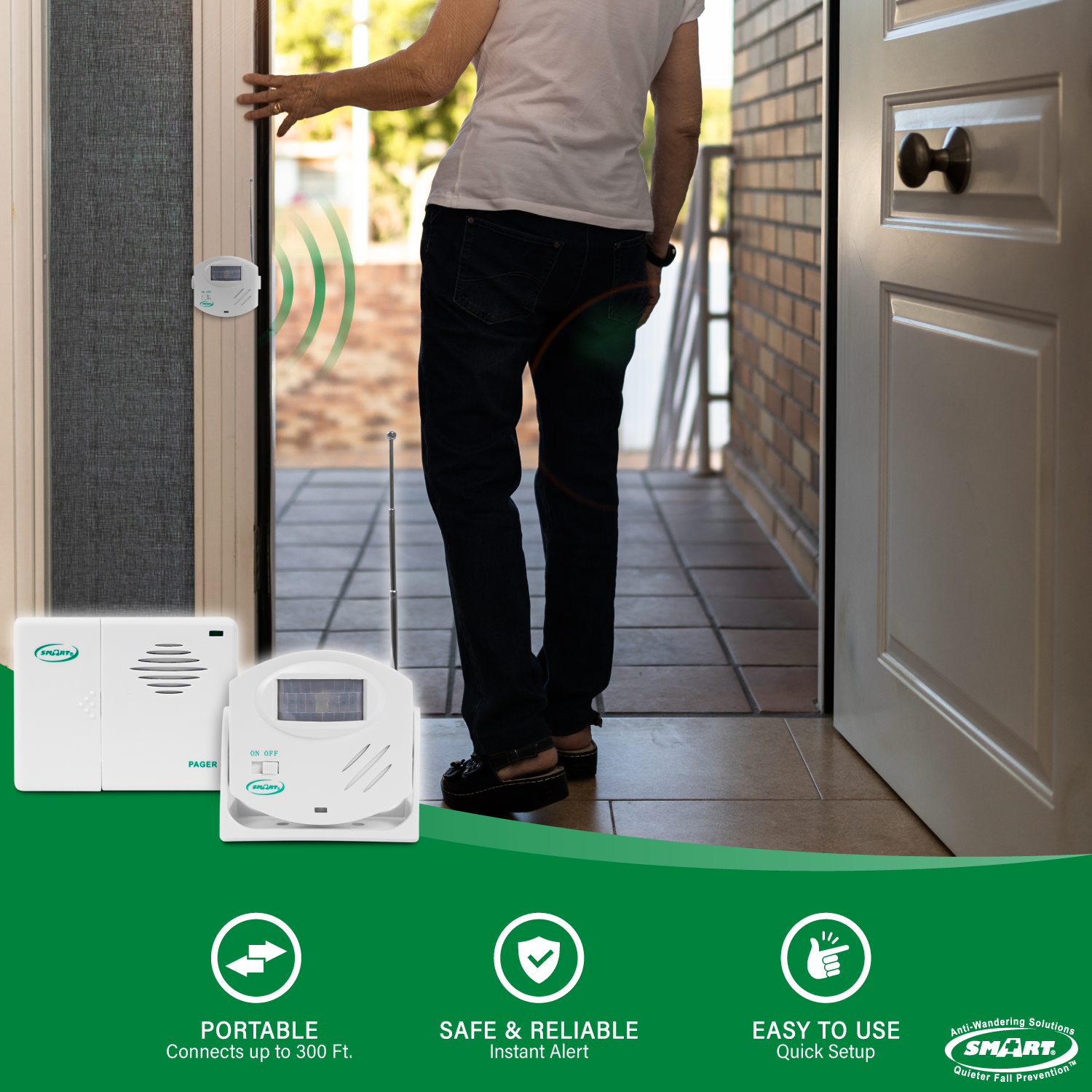Is One Better than Another?
Don't let at-risk-for-fall patients be the victims of bad fall prevention management. Knowing some Fall Monitor basics can greatly minimize risk. Mobility monitors are typically available in two configurations: Pressure Pad or Pull String. Let's look at the advantages and disadvantages of both systems.
Pressure Pad and Monitor
How it Works
A thin pad is placed under the patient in their bed or chair. When the patient attempts to stand up the monitor sets off an alarm, triggered when their weight is removed from the pressure pad.
Advantages
The pressure pad can be moved to the precise location so that the resident has maximum freedom to move around in their chair or bed. For example, by placing the pad under the patient's buttocks in bed the patient can sit up and lean forward without triggering the alarm. Pressure pads allow the resident more freedom of movement when they roll in their sleep. Also, it is difficult for the resident to defeat this system because the patient is sitting on the switch.
Disadvantages
Pads wear out quickly. In fact, many manufacturers recommend that their pads be replaced every 30 to 60 days. Some pressure pad systems are not moisture proof and can be rendered useless should they come in contact with urine or spills. In addition, a Pressure Pad Monitor can only be set up when patients are out of their bed or chair.
Smart Caregiver Corporation recommends and provides an FDA approved moisture-proof vinyl pad guaranteed for 1 year for most applications.
Pull String Monitor
How it Works
This monitor system typically uses a magnet tied to a light cord. The other end of the cord is clipped to the resident's garment. When the resident attempts to get out of their chair or bed, they pull on the cord, yanking the magnet from position and triggering the alarm.
Advantages
Unlike Pressure Pads, a resident can be in bed or in their chair at the time of monitor set-up. Pull String Monitors are typically less expensive and usually last longer than the Pressure Pads. Pull String Monitors can be used anywhere, anytime because they install easily and quickly.
Disadvantages
The correct cord length adjustment between the resident and the monitor is critical to the proper operation of a Pull String Monitor. If the cord is adjusted too short, the resident can't move without triggering the alarm. If the cord is adjusted too loosely, the patient or surrounding equipment can become entangled. When used in bed, Pull String cords often induce false alarms when the patient rolls in their sleep. Also, a resident can easily defeat this system simply by unclipping themselves from the monitor.
Conclusion
Both Pull String and Pressure Pad Systems work best when used correctly in the right application. For a good price, shop around because prices vary steeply.
Smart Caregiver recommends a wireless sensor pad and pager system as it is usually the best option for our community of caregivers. It allows for immediate alerts to the caregiver when assistance is needed with alerts up to 300ft away.
© Copyright 2003 SmartCaregiver Corporation


